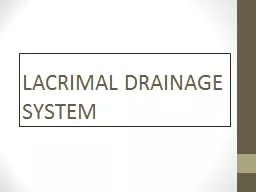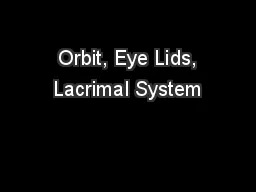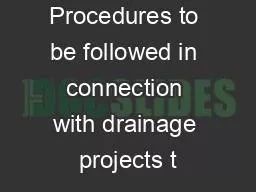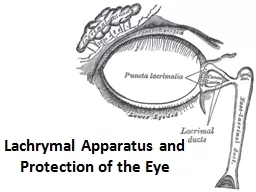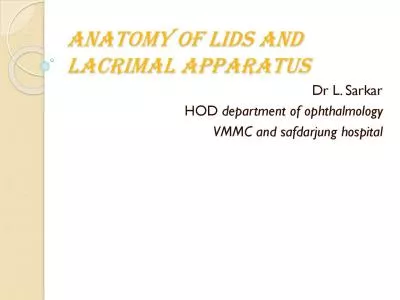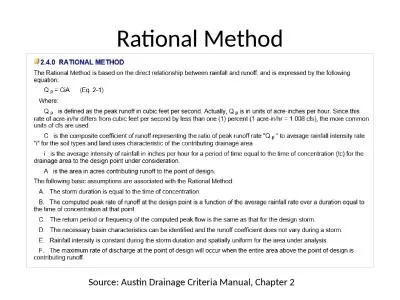PPT-LACRIMAL DRAINAGE SYSTEM
Author : ZestyZenMaster | Published Date : 2022-07-27
The nasolacrimal drainage system serves as a conduit for tear flow from the external eye to the nasal cavity Tears drain into the upper and lower puncta upper
Presentation Embed Code
Download Presentation
Download Presentation The PPT/PDF document "LACRIMAL DRAINAGE SYSTEM" is the property of its rightful owner. Permission is granted to download and print the materials on this website for personal, non-commercial use only, and to display it on your personal computer provided you do not modify the materials and that you retain all copyright notices contained in the materials. By downloading content from our website, you accept the terms of this agreement.
LACRIMAL DRAINAGE SYSTEM: Transcript
Download Rules Of Document
"LACRIMAL DRAINAGE SYSTEM"The content belongs to its owner. You may download and print it for personal use, without modification, and keep all copyright notices. By downloading, you agree to these terms.
Related Documents

